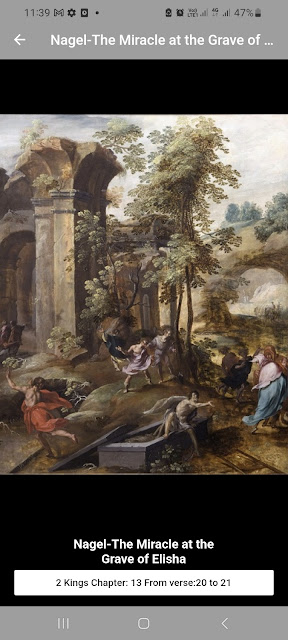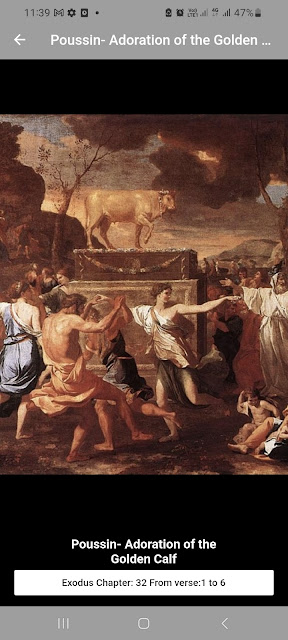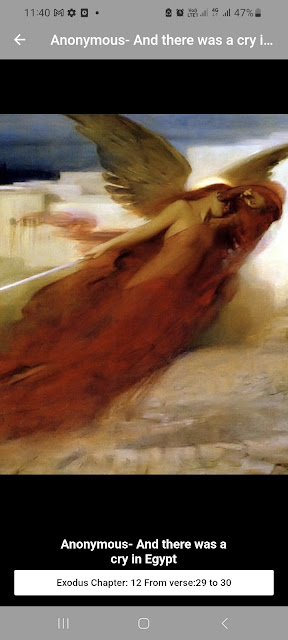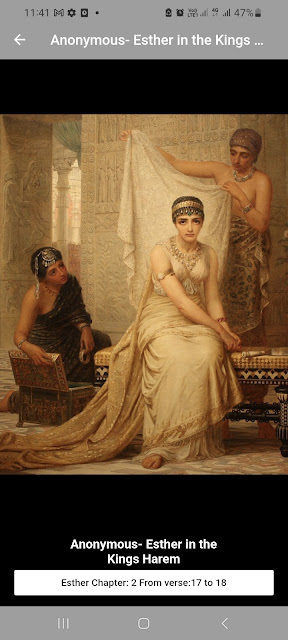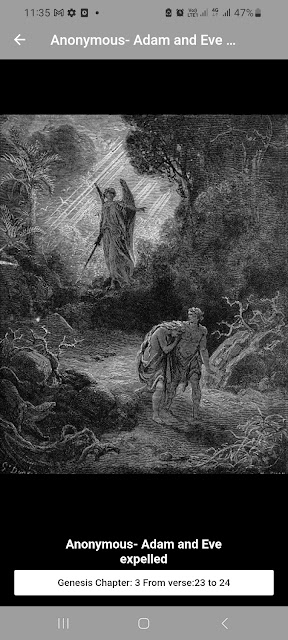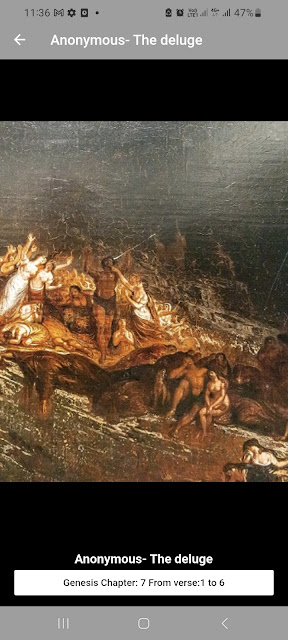a) Rape of Tamar 2 Sam 13: 1-22
View more Images here
Tamar was the daughter of King David by one of his wives. Her half-brother Amnon became infatuated with her, to the point where he became physically ill and could not eat. One of his advisors suggested that he find a way to be alone with Tamar, and so he told Tamar's father, King David, that he was sick and asked that Tamar come to make him some food. King David agreed and Tamar came to Amnon's room, where he then raped her.
After the rape, Amnon had a change of heart and despised Tamar. He told her to leave and she was sent away, torn and desolate. The news of what had happened spread throughout the kingdom and caused great outrage, especially among Tamar's brother Absalom. He vowed to take revenge on Amnon for what he had done to his sister.
Eventually, Absalom did seek revenge by killing Amnon at a feast. The rest of the story follows the aftermath of this murder and the consequences for Absalom and the rest of King David's family.
The story of the "Rape of Tamar" is a powerful and sobering example of the injustices and power imbalances that existed in biblical times. The story also highlights the dangers of lust and the devastating consequences of sexual violence. It is a reminder that even those in power and authority are not immune to committing wrongs and that such actions can have far-reaching effects.
b) Elijah comforted by an angel 1 Kings 19: 1-7
b) Elijah comforted by an angel 1 Kings 19: 1-7
This image shows Elijah being comforted by an angel and is a powerful one in the Bible for showing encouragement and hope to those who are feeling discouraged or alone.
After Elijah defeated the prophets of Baal and proved that the Lord was the true God, he fled for his life because Queen Jezebel threatened to kill him. He became exhausted and discouraged and asked the Lord to take his life. But an angel of the Lord came to him and touched him, telling him to rise and eat. The angel provided him with bread and water, and Elijah ate and drank before lying down again to sleep.
The angel then touched him again and told him to rise and eat, because the journey ahead of him was too great for him to make on his own strength. Elijah followed the angel's instruction and ate and drank, and then he travelled for forty days and forty nights to Horeb, the mountain of God.
At Horeb, Elijah found a cave and stayed there, feeling overwhelmed and alone. But the Lord spoke to him, asking him what he was doing there. Elijah explained that he had been very zealous for the Lord and that he felt he was the only one left who was faithful.
The Lord then spoke to Elijah and comforted him, telling him that he was not alone. The Lord said that there were still 7,000 others who had not bowed down to Baal and that Elijah's work was not done yet. The Lord also gave Elijah further instructions and strengthened him for the tasks ahead.
This story of Elijah being comforted by an angel is a reminder that even in our darkest moments when we feel alone and discouraged, the Lord is always with us and will provide us with the strength and comfort we need to continue on our journey.
c) Jacobs ladder Gen 28: 10-15
c) Jacobs ladder Gen 28: 10-15
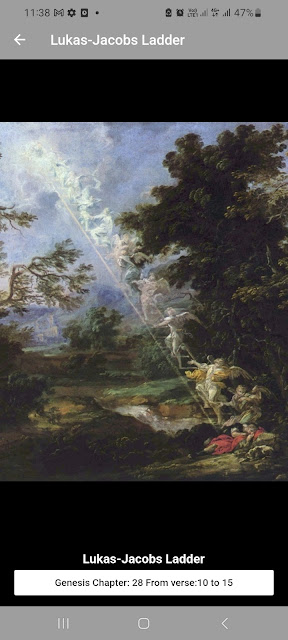
View more Images here
The story of Jacob's ladder is found in Genesis 28:10-22. It tells the story of Jacob, who was on the run from his brother Esau and was travelling to his uncle's house. While he was on the journey, he had a dream in which he saw a ladder reaching from earth to heaven, and the angels of God were ascending and descending upon it.

View more Images here
The story of Jacob's ladder is found in Genesis 28:10-22. It tells the story of Jacob, who was on the run from his brother Esau and was travelling to his uncle's house. While he was on the journey, he had a dream in which he saw a ladder reaching from earth to heaven, and the angels of God were ascending and descending upon it.






